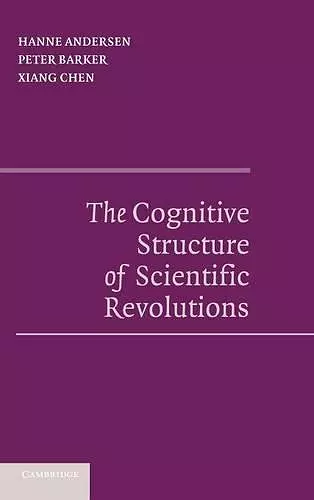The Cognitive Structure of Scientific Revolutions
Peter Barker author Xiang Chen author Hanne Andersen author
Format:Hardback
Publisher:Cambridge University Press
Published:24th Apr '06
Currently unavailable, and unfortunately no date known when it will be back
This hardback is available in another edition too:
- Paperback£39.99(9781107637238)

This book, first published in 2006, evaluates Kuhn's most influential ideas using theories developed by cognitive scientists.
Thomas Kuhn's Structure of Scientific Revolutions became the most widely read book about science in the twentieth century. In this book, first published in 2006, the theories of concepts developed by cognitive scientists are used to evaluate and extend Kuhn's most influential ideas.Thomas Kuhn's Structure of Scientific Revolutions became the most widely read book about science in the twentieth century. His terms 'paradigm' and 'scientific revolution' entered everyday speech, but they remain controversial. In the second half of the twentieth century, the new field of cognitive science combined empirical psychology, computer science, and neuroscience. In this book, the theories of concepts developed by cognitive scientists are used to evaluate and extend Kuhn's most influential ideas. Based on case studies of the Copernican revolution, the discovery of nuclear fission, and an elaboration of Kuhn's famous 'ducks and geese' example of concept learning, this volume, first published in 2006, offers accounts of the nature of normal and revolutionary science, the function of anomalies, and the nature of incommensurability.
'... the authors do offer powerful illustrations of why consideration of concepts and conceptual change must be an integral part of any convincing history of science, just as they urge against some competing views.' British Journal for the History of Science
ISBN: 9780521855754
Dimensions: 229mm x 152mm x 16mm
Weight: 500g
220 pages